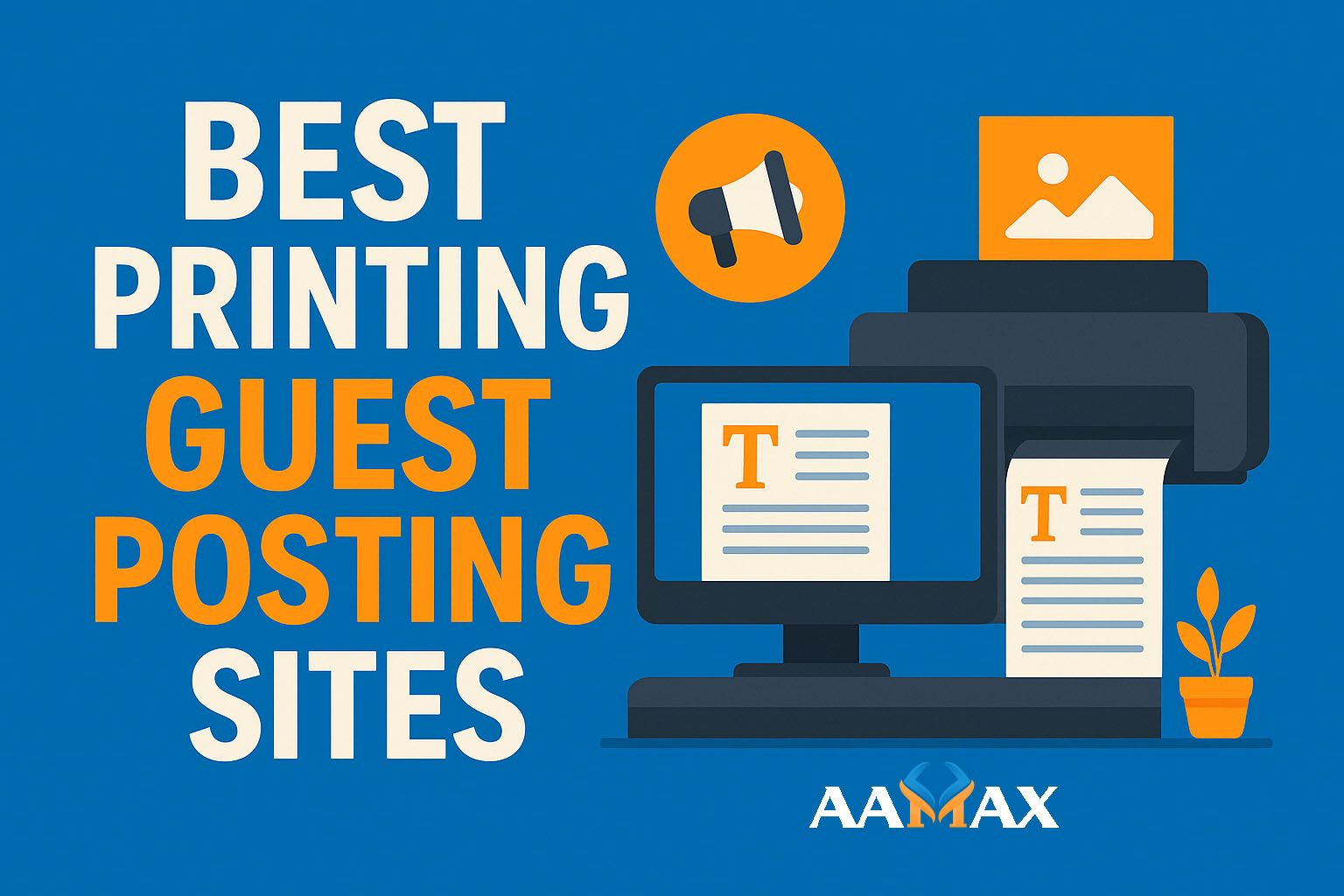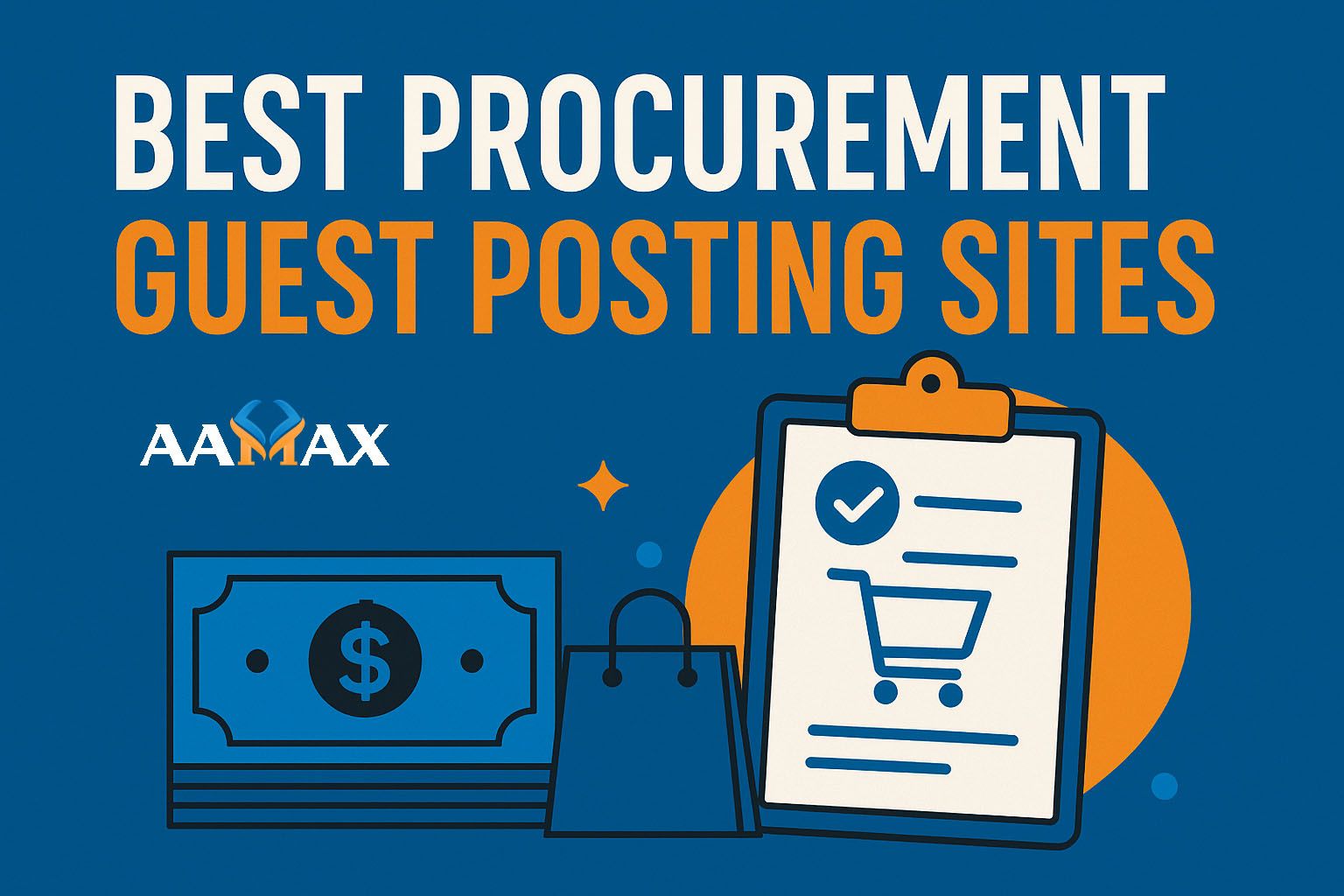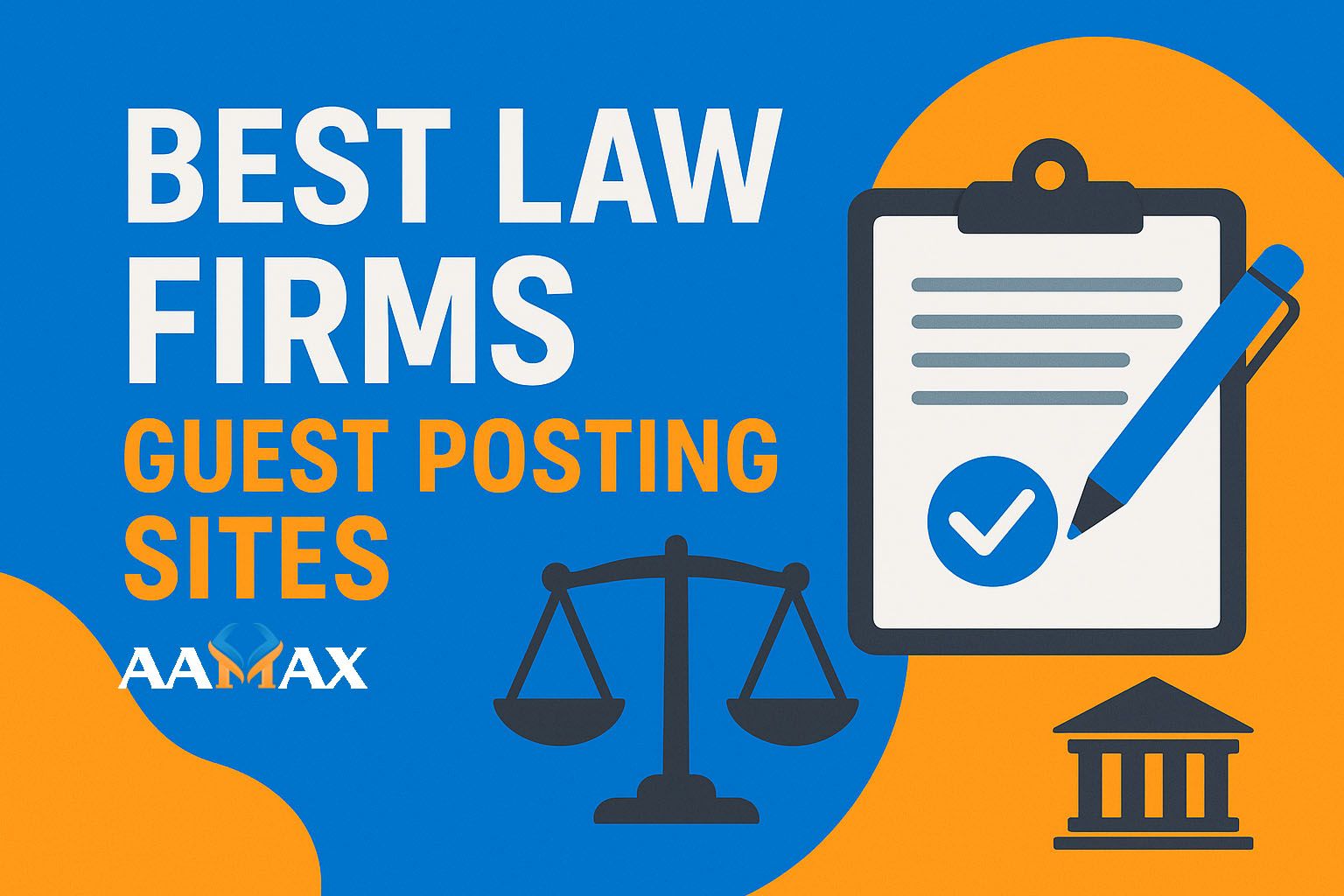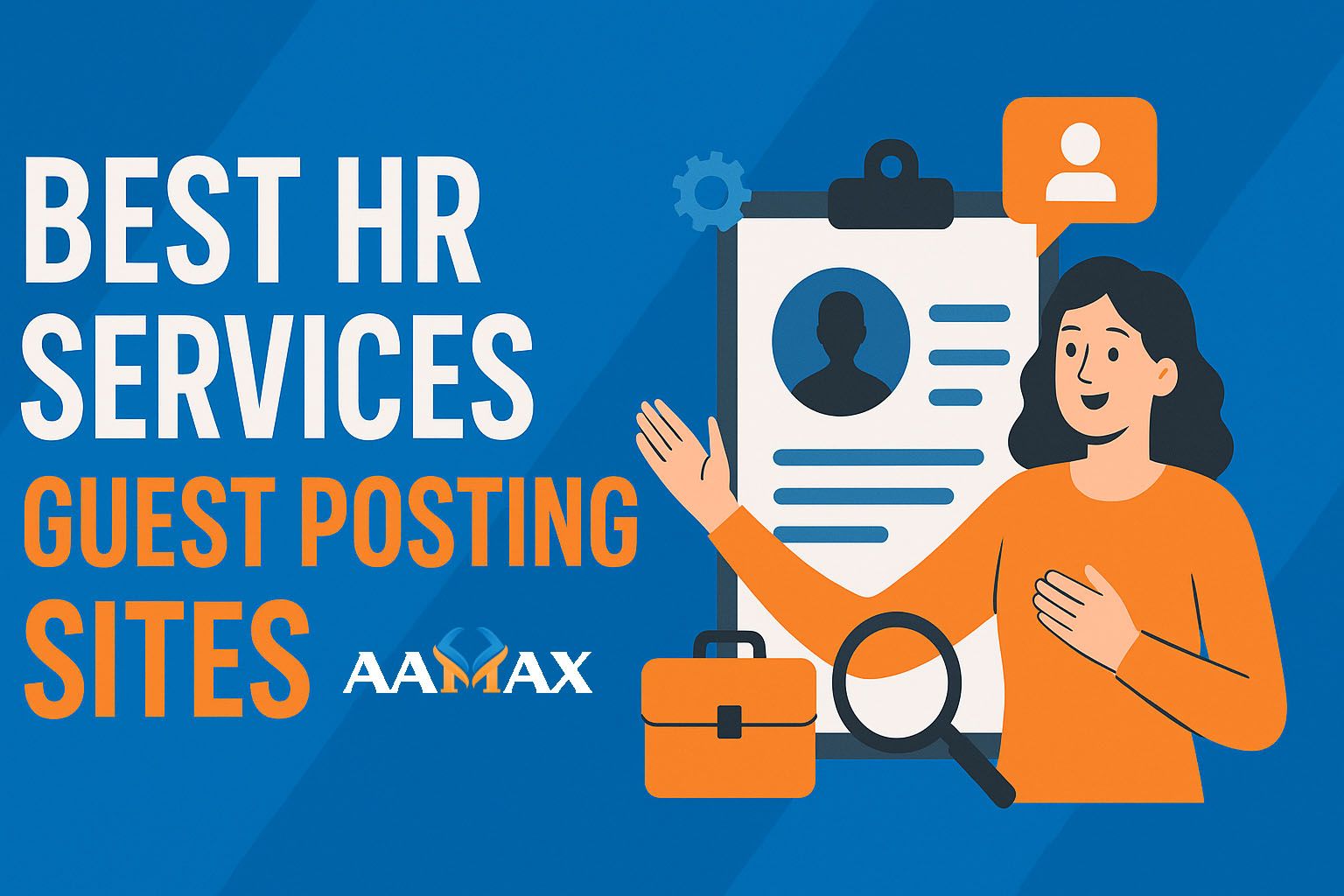
10 Types of Remarketing You Should Use in Your Ad Campaigns
Remarketing is one of the most powerful digital marketing techniques available to businesses today. It allows you to reconnect with people who have already interacted with your brand, helping you stay top-of-mind and increase conversions. By targeting users who have shown interest in your products or services, you can deliver highly relevant ads that encourage them to return and take action.
In this comprehensive guide, we’ll explore 10 types of remarketing you should consider adding to your advertising campaigns, along with best practices to ensure maximum effectiveness.
What is Remarketing?
Remarketing (also referred to as retargeting) is a form of online advertising that targets individuals who have previously visited your website, used your mobile app, or interacted with your brand in some way. These targeted ads can appear on search engines, social media platforms, or display networks.
The beauty of remarketing lies in its precision. Instead of targeting cold audiences, you’re reaching out to people who are already aware of your brand. This significantly increases the likelihood of engagement and conversion.
Why Remarketing is Crucial for Businesses
Before diving into the types of remarketing, let’s discuss why it’s such a critical part of a digital marketing strategy:
- Increases brand recall: People often need multiple touchpoints before they make a purchase decision.
- Improves conversion rates: Visitors who are retargeted are more likely to complete a desired action.
- Cost-effective advertising: You spend money only on audiences who have shown prior interest.
- Personalized messaging: Remarketing enables you to tailor ads based on specific behaviors and interactions.
1. Standard Remarketing
Standard remarketing involves showing ads to previous visitors as they browse websites and apps within the Google Display Network or other advertising networks. This is the most common form and is highly effective for brand reinforcement.
Best for:
- Reminding potential customers about your brand
- Encouraging repeat visits
- Keeping your products top-of-mind
Tip: Segment your audience based on the pages they visited. For example, visitors who viewed product pages might see different ads from those who read blog content.
2. Dynamic Remarketing
Dynamic remarketing takes personalization to the next level by showing ads that feature the exact products or services users viewed on your site. This is particularly powerful for e-commerce businesses.
Best for:
- Online retailers
- Businesses with large product catalogs
- Abandoned cart recovery
Tip: Ensure your product feed is regularly updated so that your ads always display the most current product availability and pricing.
3. Remarketing Lists for Search Ads (RLSA)
RLSA allows you to customize your search ads for users who have previously visited your site and are now searching again on Google. This tactic ensures you bid more aggressively on valuable returning visitors.
Best for:
- Capturing high-intent traffic
- Competing for competitive keywords
- Improving search campaign ROI
Tip: Create different bid adjustments for users who have visited multiple times or spent more time on your site.
4. Video Remarketing
Video remarketing targets users who have engaged with your videos or YouTube channel. These ads can appear before, during, or after videos on YouTube, as well as across the Google Display Network.
Best for:
- Brands with strong video content
- Educational or tutorial-driven businesses
- Promoting new product launches
Tip: Use engaging calls-to-action and short, impactful messaging to recapture viewers’ attention.
5. Social Media Remarketing
Platforms like Facebook, Instagram, LinkedIn, and TikTok offer remarketing options to reach users who have engaged with your social content, visited your website, or interacted with your ads.
Best for:
- Building brand familiarity
- Driving traffic from social platforms
- Leveraging lookalike audiences
Tip: Create platform-specific creatives. For example, use square videos for Instagram and vertical videos for TikTok.
6. Customer List Remarketing
This approach involves uploading a list of your existing customers’ email addresses to platforms like Google Ads or Facebook Ads. These platforms then match the emails to user profiles and show them targeted ads.
Best for:
- Promoting new offers to loyal customers
- Upselling or cross-selling
- Re-engaging inactive customers
Tip: Keep your customer list updated and segment it based on purchase history or engagement level.
7. App Remarketing
If you have a mobile app, app remarketing targets users who have downloaded but not recently engaged with your app. Ads can appear within other apps or across the display network.
Best for:
- Increasing app usage
- Encouraging in-app purchases
- Re-engaging dormant users
Tip: Use deep links in your ads so users are taken directly to relevant in-app content.
8. Sequential Remarketing
Sequential remarketing delivers a series of ads in a specific order, telling a story or progressively encouraging the user to take action.
Best for:
- Complex sales funnels
- Brand storytelling
- Nurturing leads over time
Tip: Start with awareness-focused ads, followed by benefit-driven ads, and finish with urgency-based offers.
9. Cross-Device Remarketing
Today’s consumers often switch between devices during their buying journey. Cross-device remarketing ensures your ads follow users across desktop, mobile, and tablet.
Best for:
- Brands with omnichannel strategies
- Reaching users who research on one device and buy on another
Tip: Use responsive ads that adapt to different screen sizes and formats.
10. Engagement-Based Remarketing
This targets people who have engaged with your content in specific ways—such as clicking a link, downloading a resource, or watching a portion of a video.
Best for:
- Lead nurturing
- Re-engaging users who showed partial interest
- Driving sign-ups or downloads
Tip: Align your ads with the action taken. If someone downloaded a free guide, follow up with an ad promoting a related paid service.
Best Practices for Effective Remarketing
Implementing remarketing successfully requires a strategic approach. Here are some proven best practices:
- Segment Your Audience: Group users based on their behaviors and interests to deliver highly relevant ads.
- Use Frequency Capping: Avoid ad fatigue by limiting how often users see your remarketing ads.
- Test Creative Variations: A/B test images, headlines, and CTAs to identify the most effective combinations.
- Personalize Your Messaging: Reference the specific products or services the user interacted with.
- Leverage Time Sensitivity: Create urgency with limited-time offers or countdown timers.
- Monitor & Optimize: Regularly review performance metrics and make adjustments to improve results.
How Remarketing Fits into Your Content Optimization Strategy
Remarketing and content optimization go hand-in-hand. By creating high-quality, engaging content and using remarketing to bring people back, you can:
- Increase the lifetime value of each visitor
- Boost engagement with your most valuable content
- Guide prospects deeper into your sales funnel
An effective remarketing strategy ensures that all the effort you put into creating optimized content pays off by keeping your brand in front of potential customers.
Final Thoughts
Remarketing is not just a “nice-to-have”—it’s a must for any business looking to maximize its advertising budget and drive consistent conversions. By experimenting with the 10 types of remarketing outlined here, you can develop a robust strategy that reaches the right audience at the right time with the right message.
If you want expert help setting up, managing, and optimizing remarketing campaigns—or any other digital marketing initiative—consider partnering with AAMAX. AAMAX is a full-service digital marketing company offering Web Development, Digital Marketing, and SEO Services to help businesses grow and succeed in a competitive online landscape.







